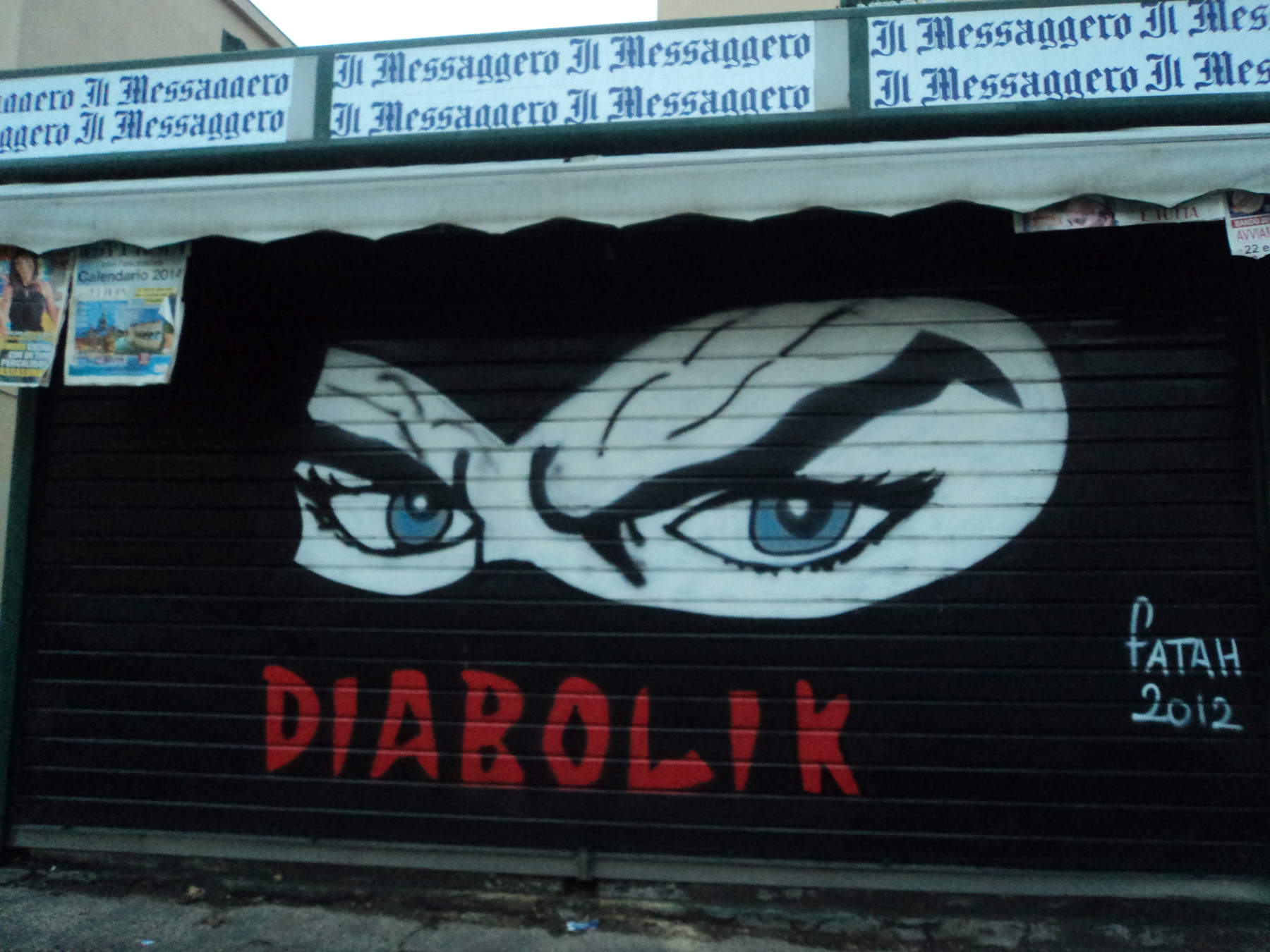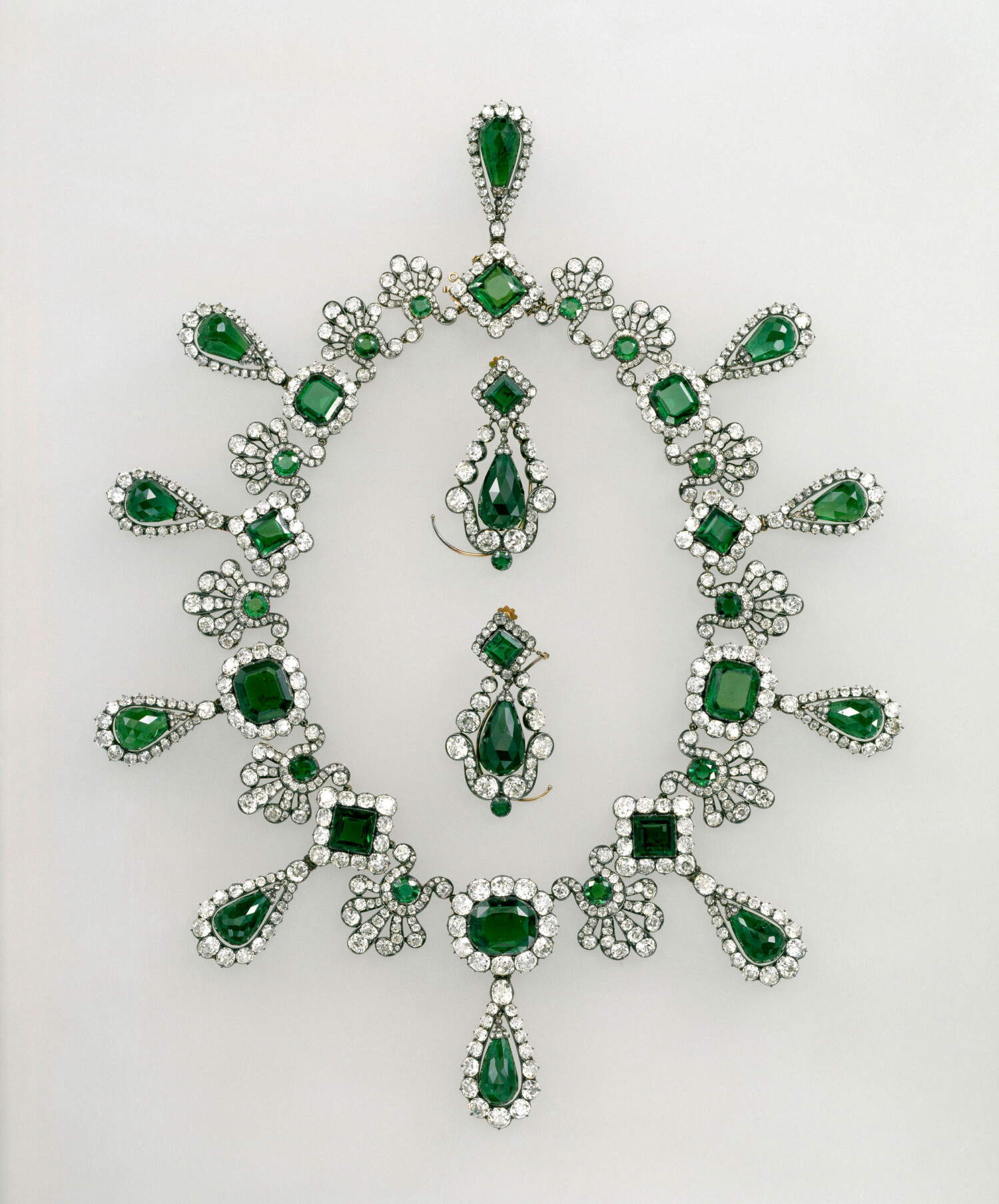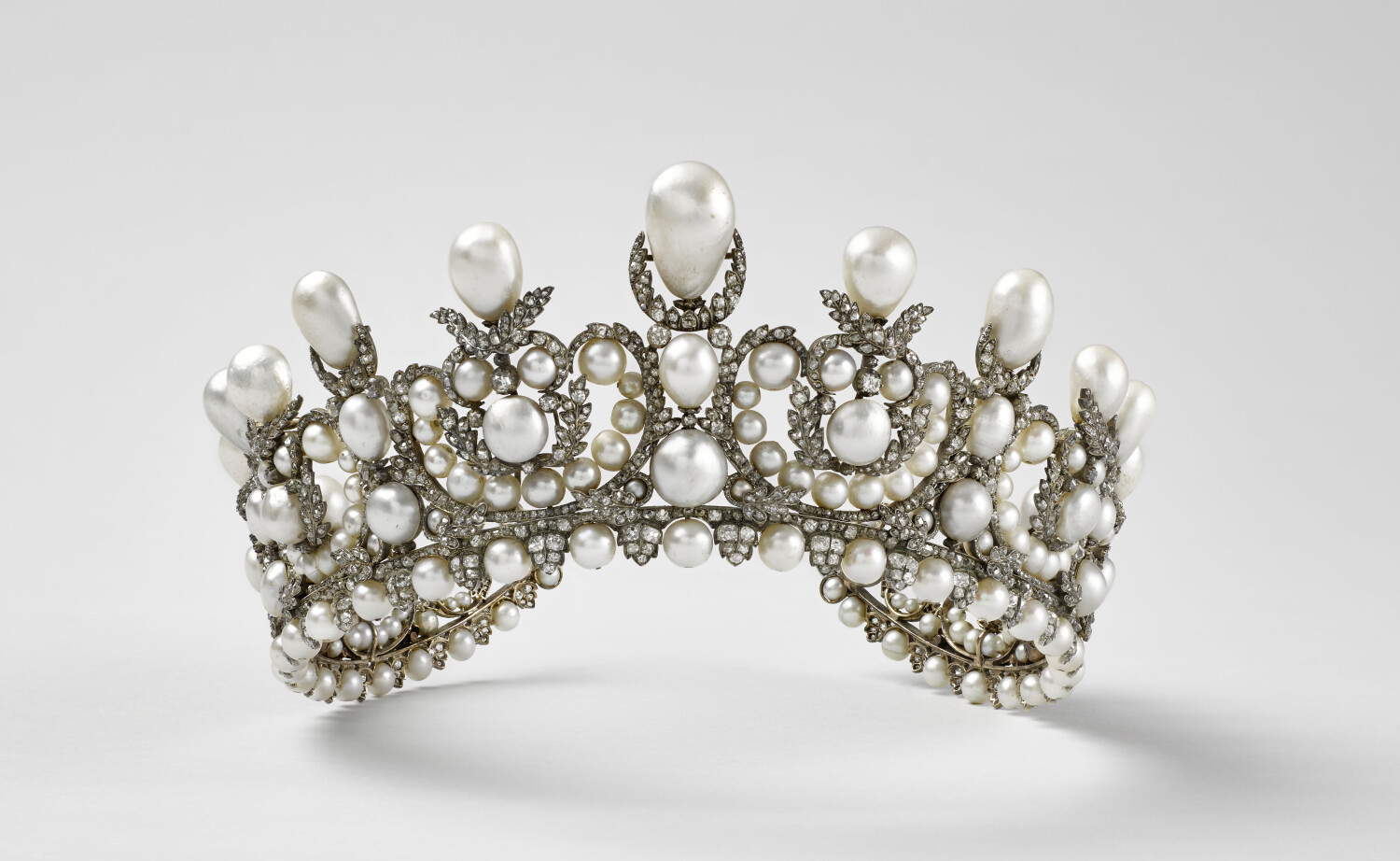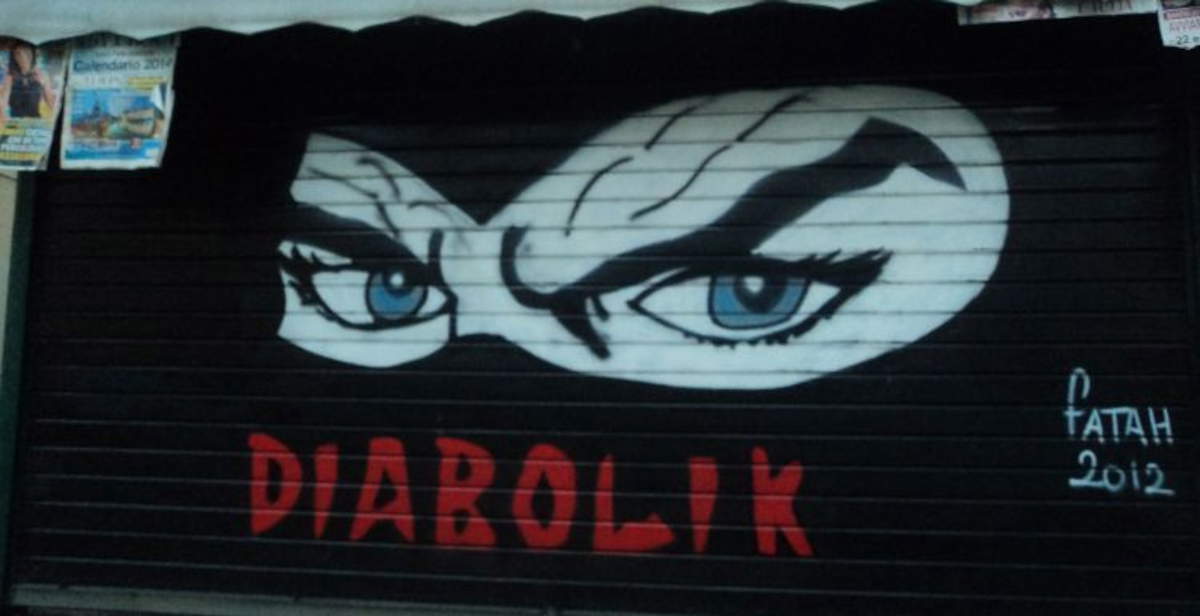“It wasn’t me... this time.” With this sentence, accompanied by an image of the famous masked thief in front of the blue-lit Louvre Pyramid, Diabolik ’s official Instagram page commented on one of the most talked-about episodes of recent weeks: the theft of several pieces of the French crown jewels that took place at the Louvre Museum in Paris on Oct. 19. The copy accompanying the image, posted on diabolikofficial, reads simply, “This time it wasn’t him.” A direct reference to the imagery of the character created in 1962 by Angela and Luciana Giussani, a symbol of the perfect theft and criminal intelligence, but also an ironic and measured way to enter the stream of social reactions that, in a few hours, have turned the affair into a viral phenomenon. The theft occurred on October 19, inside one of the most visited museums in the world. According to reports from the French Ministry of the Interior, a group of experienced thieves acted with speed and coordination, without resorting to violence, and managed to steal some valuable jewelry of historical value.

The three or four perpetrators of the theft targeted the Galerie d’Apollon, located on the south side of the museum and home to the collection of French crown jewels. The section, among the most spectacular and guarded in the Louvre, houses tiaras, crowns and ornaments that belonged to Napoleon, Napoleon III and their consorts. Among the stolen jewels are: the tiara and necklace from the parure of Queen Marie Amelia and Queen Hortense, a pair of earrings from the same parure, the necklace and emerald earrings from Marie Louise’s parure, a reliquary brooch and two pieces from Empress Eugénie’s; the tiara, found broken and badly damaged, and the large bodice bow. In an Oct. 21 press release, the Louvre Museum also confirmed that the estimated value of the damage from the theft of the jewels is 88 million euros.
The thieves’ action, performed quietly and without fanfare, deviates from the cinematic imagery that often accompanies art thefts. No action scenes, no Da Vinci Code or Lupin-style race against time: according to reconstructions, the thieves planned every detail with precision, moving quickly and leaving no obvious traces. And if the official reporting remained sober, the reaction of the web took decidedly different tones. A few hours after the news broke, social media became populated with memes, jokes, and parodies that reinterpreted the incident in an ironic key.


One of the most shared images shows the juxtaposition between a scene from the Lupin series, and the video of the ladder used to steal the jewels, accompanied by the text “How I imagine the robbery / how it really went down.” Another viral content portrayed comedian Checco Zalone as the “new Louvre security officer,” while numerous users evoked the atmosphere of Disney’s Robin Hood cartoon, associating the story with the gentleman thief who steals from the rich with irony and cunning. There was also no shortage of references to the online marketplace, with images pretending to put stolen jewelry “for sale” on platforms such as Vinted, as Open magazine reported.
Diabolik ’s response fits perfectly into this digital context, tying the language of news reporting to that of pop culture. Diabolik’s post thus highlighted how art and news can coexist in the social space through an immediate and recognizable visual narrative. Several influencers also participated in the conversation, contributing to the viral spread of the theme. Among them, Davide Damiani made a parody video in which he pretends to be posted in front of the museum, recounting what happened. All this content helped shift the focus from the level of the news to that of the common imagination, where reality is immediately reinterpreted with irony.
Meanwhile, the Louvre and French authorities are maintaining the utmost confidentiality about the investigation. Investigators are reconstructing the dynamics of the theft and trying to identify those responsible. The story of the Louvre theft, read through the lens of the web, shows how events related to artistic heritage no longer remain confined to the news pages or official releases. They become living matter of collective interpretation, the subject of irony, visual reinterpretation and participatory language. And in this new dimension of digital culture, even a paper-and-ink thief like Diabolik can become, once again, the unwitting protagonist of a real story.
 |
| Diabolik comments on Louvre theft: It wasn't me...this time |
Warning: the translation into English of the original Italian article was created using automatic tools. We undertake to review all articles, but we do not guarantee the total absence of inaccuracies in the translation due to the program. You can find the original by clicking on the ITA button. If you find any mistake,please contact us.